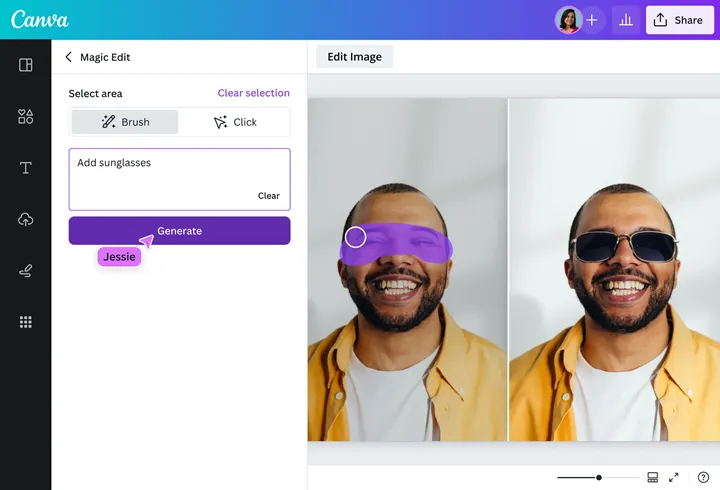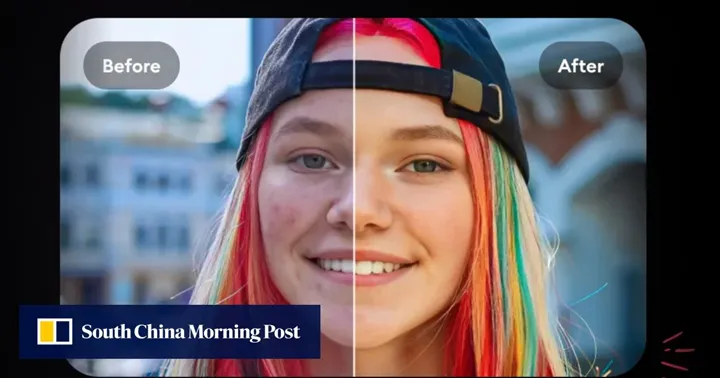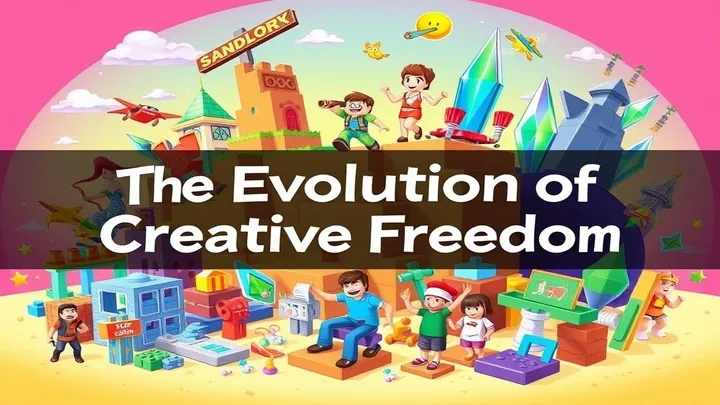In 2025, photo editing is no longer just about cropping, adjusting brightness, or adding filters. Artificial intelligence has taken the world of digital creativity to a whole new level, turning ordinary snapshots into stunning works of art within seconds. From automated background removals to intelligent retouching and even creative generative edits, AI-powered photo editing apps are redefining what’s possible.
Whether you’re a professional photographer looking for precision, a content creator seeking eye-catching visuals, or a casual user who just wants to enhance selfies for social media, AI editing tools have made high-quality photo editing accessible to everyone. These apps go far beyond traditional editing software by offering one-click enhancements, smart recommendations, and the ability to imagine what wasn’t there before.
This article explores the Top 10 AI-Powered Photo Editing Apps in 2025 that you need to know about. Each app has its own strengths, ranging from professional-level accuracy to creative experimentation, and together they showcase how AI is revolutionizing the way we edit photos.
1. Adobe Photoshop AI 2025
Adobe has long been a leader in the editing world, and its 2025 release solidifies its dominance with Photoshop AI. This version incorporates advanced generative AI that can extend images, create objects from scratch, and retouch photos with unmatched accuracy.
One of the standout features is Generative Fill 2.0, which allows users to type text prompts and instantly see their photos enhanced or altered in creative ways. For professionals, the integration with Lightroom and Illustrator makes workflows seamless, while casual users benefit from simplified one-click options.
Pros: Industry-standard tools, unmatched AI power, cross-device syncing.
Cons: Subscription pricing can be expensive.
2. Luminar Neo 2025
Luminar Neo has earned a reputation for making professional-level edits accessible to everyone. In 2025, the app uses AI Relight Technology to adjust lighting conditions realistically, even in complex photos.
Its new Atmosphere AI feature adds weather effects like fog, sun rays, or haze, giving images a cinematic touch. Content creators love Luminar Neo because it saves hours of manual editing with simple AI-powered sliders that instantly deliver professional results.
Pros: Intuitive design, advanced lighting control, great for landscape and portraits.
Cons: Can be resource-heavy on older devices.
3. Canva AI Photo Editor
Once known only for design templates, Canva has become a powerhouse in AI editing. In 2025, Canva’s AI Photo Editor integrates seamlessly with its design platform, allowing users to remove backgrounds, retouch portraits, and apply creative effects instantly.
The most exciting addition is Magic Edit, which lets users highlight an area of an image and describe what they want to appear instead—perfect for marketers, students, and small businesses. Combined with Canva’s graphic design tools, this app is ideal for those who want editing and design in one place.
Pros: Easy to use, great for social media graphics, versatile AI tools.
Cons: Lacks the depth of pro-level editing features.

4. Fotor AI
Fotor has always focused on making editing simple, and the 2025 version takes things further with AI Batch Processing. This allows users to enhance hundreds of photos at once, perfect for e-commerce sellers and photographers working with bulk images.
Its AI Portrait Enhancer improves skin texture, adjusts lighting, and removes blemishes naturally, making it popular among influencers and selfie lovers. The app also includes fun AI features like cartoonizing images or generating AI art from text.
Pros: Batch editing, great portrait features, affordable pricing.
Cons: Less customizable for advanced photographers.
5. Picsart AI Editor
Picsart has grown into one of the most popular mobile editing platforms, and the 2025 AI edition makes it even better. With AI Replace, users can swap objects or backgrounds instantly, while AI Enhance improves image resolution without losing details.
The app also includes a massive library of filters, stickers, and overlays, making it a favorite for Gen Z users and social media creators. Its blend of fun and professional editing ensures it remains one of the most versatile apps in 2025.
Pros: User-friendly, lots of creative features, strong community.
Cons: Ads can be intrusive without subscription.
6. Lensa AI
Lensa became famous for its viral AI portraits, and in 2025, it continues to push boundaries in photo editing. Its AI Retouch tool enhances selfies with natural beauty filters, while its background editor lets users change entire scenes with ease.
The app also has creative AI modes that allow users to generate stylized avatars or artistic portraits, making it ideal for both casual and creative use. Lensa balances high-quality enhancements with fun, imaginative features.
Pros: Excellent portrait tools, fun creative features.
Cons: Some features locked behind in-app purchases.
7. PhotoRoom AI
PhotoRoom specializes in background editing, making it perfect for businesses and e-commerce. In 2025, the app’s AI Instant Cutout tool can separate subjects from complex backgrounds flawlessly.
Its new AI Template Generator creates marketing-ready product photos in seconds, saving small businesses valuable time. From clothing brands to online sellers, PhotoRoom is the go-to app for commercial photo editing.
Pros: Best for product photos, professional templates, fast AI processing.
Cons: Limited creative tools compared to others.
8. Topaz Photo AI
Topaz is known for its AI-powered software, and in 2025, Topaz Photo AI continues to set the gold standard for photo restoration and enhancement. Its AI Denoise and AI Sharpen features bring blurry or grainy photos back to life.
The app is especially popular among professional photographers working with low-light or older photos. Topaz Photo AI is not about adding effects but about restoring image quality to its highest potential.
Pros: Best for image restoration, professional-grade results.
Cons: Expensive compared to casual apps.
9. Remini AI
Remini has become a household name for turning low-quality photos into HD images. In 2025, its AI Video Enhancer expands beyond photos, allowing users to upscale videos with cinematic clarity.
For photos, the app improves facial details, enhances backgrounds, and even animates portraits into short video clips. Its ease of use makes it one of the most popular consumer AI photo apps worldwide.
Pros: Powerful enhancement, works on old/low-quality images.
Cons: Some results can look unnatural if overused.

10. BeFunky AI
BeFunky has always been about fun, easy editing, and its 2025 AI-powered upgrade makes it surprisingly powerful. The app now features AI Smart Enhance, which analyzes an entire photo and applies adjustments for color, lighting, and sharpness in one click.
It also includes creative AI-driven filters and collage makers, making it a favorite for casual users who want something quick, easy, and effective. BeFunky remains an underrated gem in the AI editing space.
Pros: Simple interface, creative filters, great for beginners.
Cons: Not suitable for professional photographers.
Conclusion
AI has completely changed the photo editing game in 2025. No longer do users need advanced skills to achieve professional results—apps now do the heavy lifting with intelligent, automated tools. From Adobe Photoshop AI for professionals to BeFunky AI for beginners, there’s something for everyone in this rapidly evolving space.
For content creators, Picsart, Canva, and Lensa make social media-ready edits in seconds. For e-commerce and business, PhotoRoom and Fotor deliver efficiency and precision. And for restoration or pro-level editing, Topaz and Luminar Neo stand at the top.
The future of photo editing is fast, creative, and powered by AI. With these apps, anyone can transform ideas into visual masterpieces—no expensive gear or steep learning curve required.

















